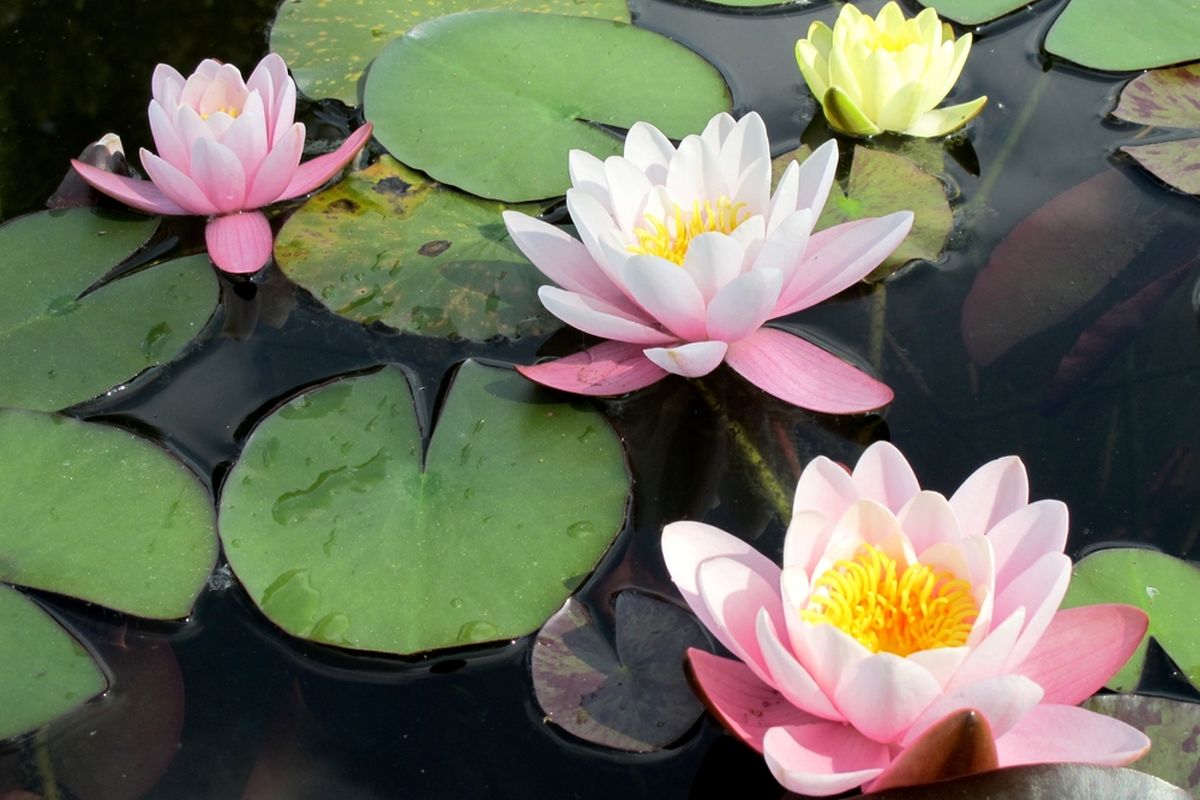The world of aquatic flora is a mesmerizing realm, filled with diverse and captivating species. Among these enchanting aquatic plants, the teratai888, also known as water lilies, stand out as a symbol of serene beauty and cultural significance. These exquisite blooms have captured the hearts of nature enthusiasts and artists alike, transcending geographical boundaries and inspiring countless works of art. In this article, we delve deeper into the world of teratai, exploring their remarkable characteristics, cultural significance, and the sense of tranquility they bring to aquatic landscapes.
Teratai, scientifically known as Nymphaea, belong to the family Nymphaeaceae and are native to various parts of the world, including Asia, Europe, and North America. They thrive in freshwater habitats like ponds, lakes, and slow-moving rivers, where their delicate and radiant blossoms float gracefully on the water’s surface. These aquatic gems are characterized by their broad, round leaves that provide shelter for fish and aquatic insects while protecting the water from excessive evaporation and sunlight, helping to maintain a balanced ecosystem.
One of the most enchanting aspects of teratai is their captivating flowers. These blooms open during the day, displaying a remarkable array of colors, including shades of white, pink, purple, and even yellow. Their distinctive fragrance adds to their allure, attracting pollinators such as bees and butterflies. At night, the flowers close, hiding their beauty beneath the water’s surface until the next morning when they unfurl again, making them a symbol of rebirth and renewal.
Teratai have deep-rooted cultural significance in various parts of the world. In Hinduism and Buddhism, these water lilies are revered symbols of purity, enlightenment, and divine beauty. They often feature prominently in religious ceremonies, art, and architecture. In ancient Egypt, the blue water lily (Nymphaea caerulea) held mystical significance and was associated with rebirth and the afterlife.
Beyond their cultural and spiritual symbolism, teratai also offer practical benefits. Their presence in aquatic ecosystems helps improve water quality by absorbing excess nutrients and providing shade to keep the water cool. Moreover, they offer a natural habitat for a variety of aquatic creatures, making them a crucial component of healthy aquatic environments.



